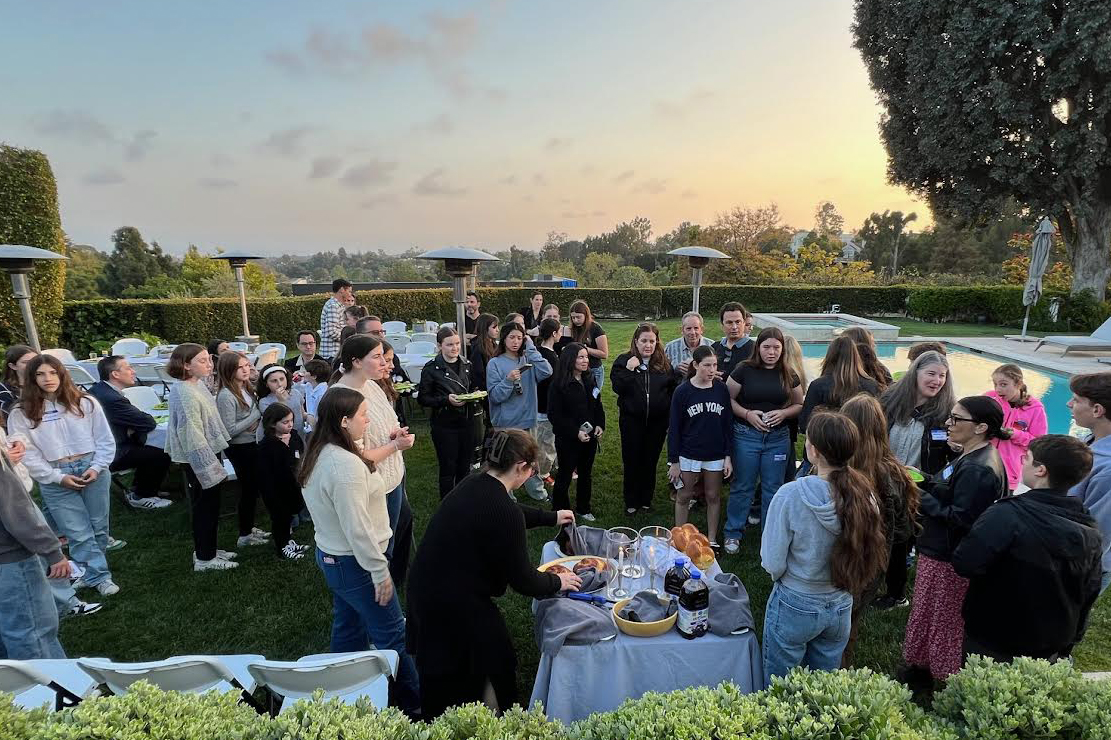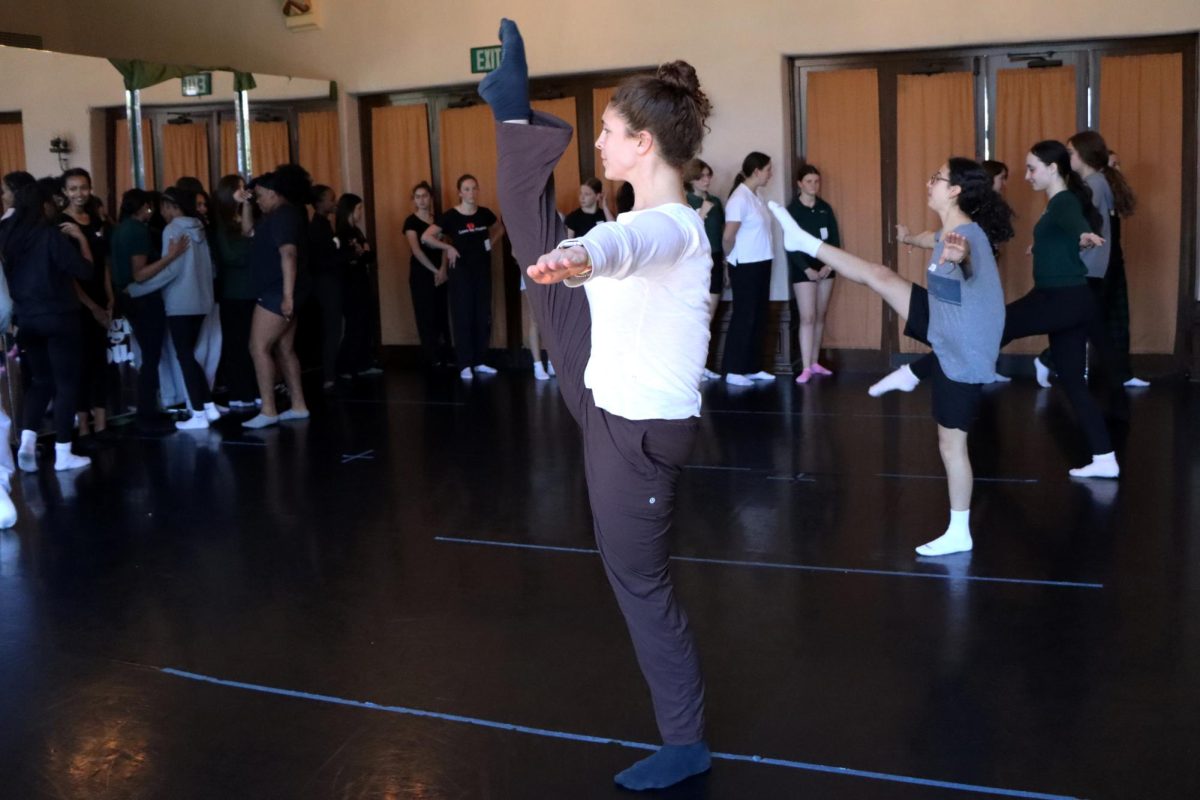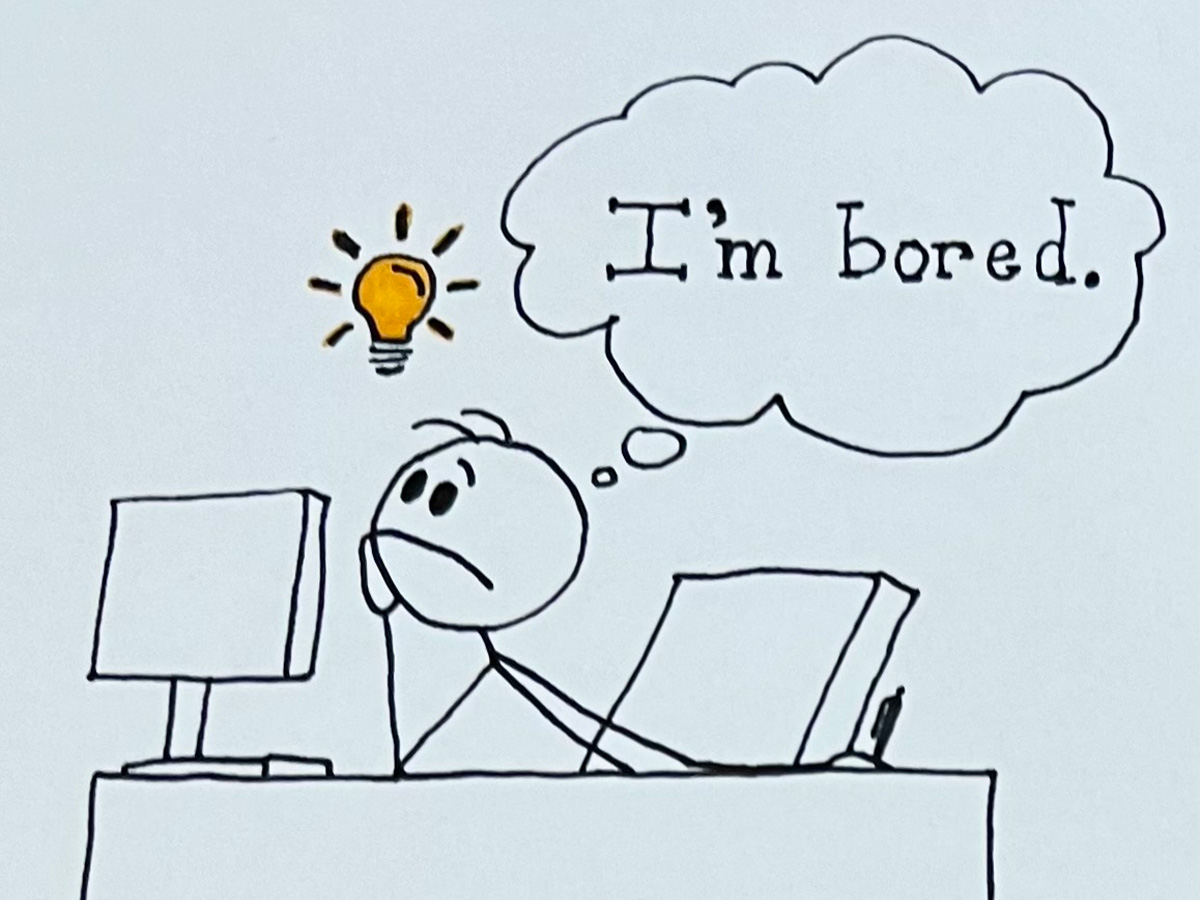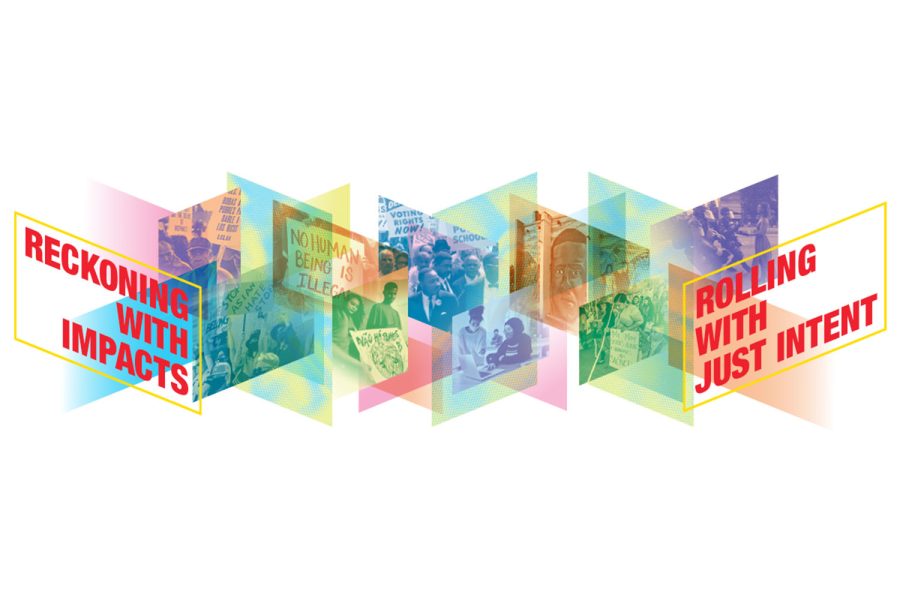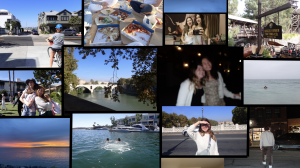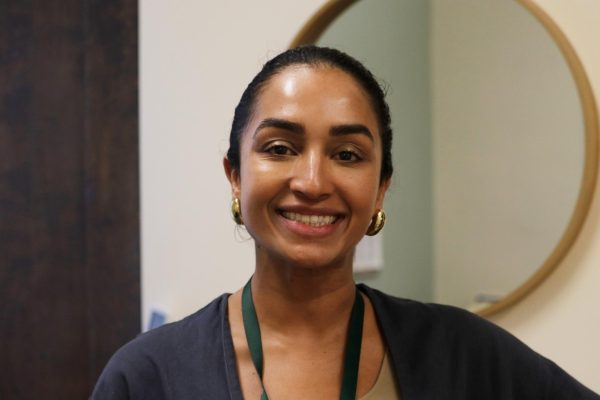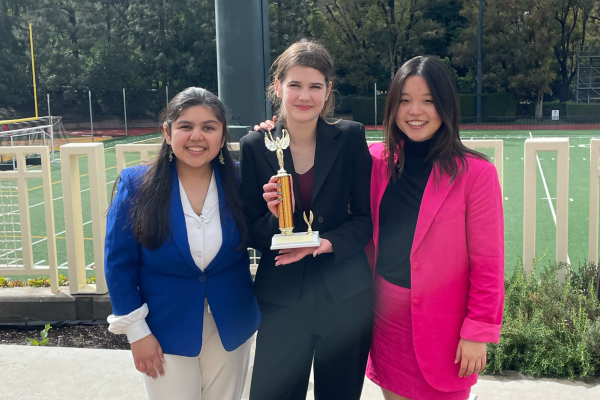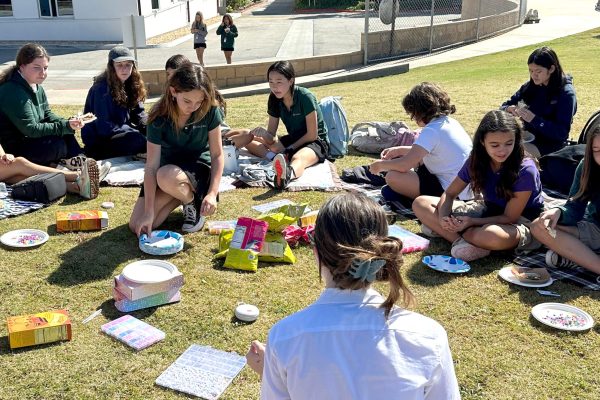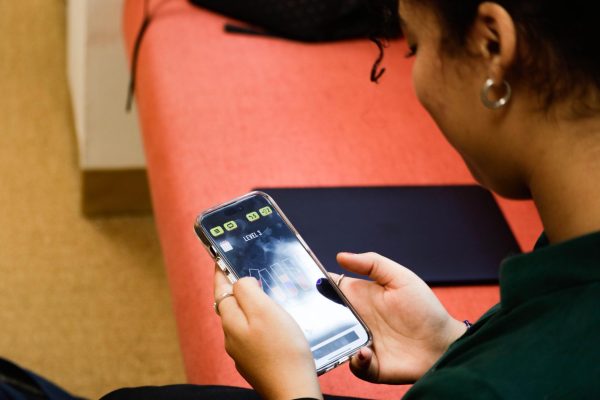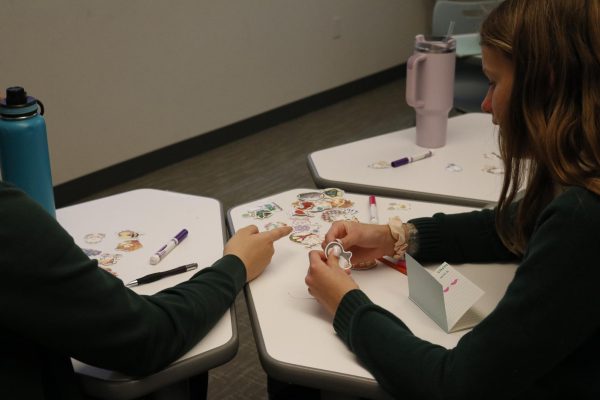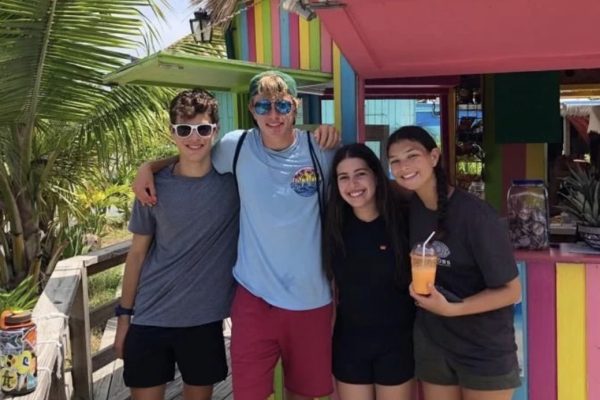‘Unified all of us’: Students, faculty participate in Annual Diversity Conference
Photo credit: People of Color Conference Logo
The logo for the 2021 People of Color conference and Student Diversity Leadership conference with this year’s theme. Students and faculty attendees of the conference come back with new perspectives and ideas for change. “Personally, it provided me an opportunity to really see much of the latest conversation around how to support equity and inclusion,” Pavliscak said. “A sense of belonging for students in independent schools.”
January 14, 2022
While students were readjusting to campus for their last three weeks before winter break, four students and eight faculty members stepped away from their normal daily routine to be a part of this year’s annual People of Color Conference and Student Diversity Leadership Conference. With three conference workshops a day, the virtual conference held opportunities to engage in affinity groups, keynote speakers, workshops and family groups in order to share and learn from one another.
An “affirming experience”
Gender Sexuality Alliance Leadership Board member Remi Cannon attended the conference with the expectation of being a leader.
“When I was faced with the LGBT+ affinity of 250 people, I was really intimidated because a lot of people were contributing the same ideas as me. We were expected again to be vulnerable in such a large group where I was so used to being a leader in a smaller 30-person GSA at my school,” Cannon said. “Though I’m confident in my active listening skills, I just really grew to be comfortable in sitting back and listening to other experiences.“
The conference offered a large variety of affinities including LGBT+ and Black African American. Within both the affinity and family groups, intersectionality came to the forefront of conversations and the privileges that come with certain cultures.
“I spent a lot of last week reviewing a quote that Coach L at Archer told me once: ‘You’re white before you’re queer,'” Cannon said. “Once you do that self-work and after you observe your privileges, you can’t not apply it to your everyday life.”
Associate Head of School for Teaching & Learning Karen Pavliscak said experiencing others’ personal stories helped improve her own viewpoint on intersectionality.
“I acknowledge my privilege is being part of dominant white culture,” Pavliscak said. “But to hear the stories and to personalize and see who shared their experience helped me gain a sense of empathy and helped me improve my own practice — both as an educator and a person — into the importance of this work.”
As it was her first time experiencing the conference, keynote speaker John Powell’s metaphor of bridges towards belonging was a large conference takeaway, Dean of Student Life, Equity and Inclusion Samantha Hazell-O’Brien said.
“With John Powell, he said: ‘When you’re looking at those bridges, some bridges are longer, and some bridges are shorter, and you need that bridge regardless,'” Hazell-O’Brien said. “Now you don’t have to go all the way across the bridge … But there’s movement on both sides. And that stuck with me. The rolling with just intent was like, ‘Okay, we’re growing. We’re learning. We’re trying to do better.'”
Impact and intention
As Archer’s theme for the 2021-2022 school year is “intention,” attendees were able to spot the familiar word in this year’s 2021 PoCC and SDLC theme: “Reckoning with Impact, Rolling with Just Intent.” Pavliscak said the challenge between intention and impact changes for each person.
“Impact varies based on the individual,” Pavliscak said. “[In many of the workshops], there was a lot of ire and hurt and pain about impact despite — I would say — recent, really good intentions.”
Echoing Pavliscak, Hazell-O’Brien posed two questions: “What is the context and the history of how I’m feeling this way with that impact? Why do I need to do the reckoning?”
“They put in ‘just’ because you have to make sure that that intent is pure. That it is ignorant, meaning, lacking the awareness that you could harm someone,” Hazell-O’Brien said. “There’s the reflective part, reckoning with impact, and then there’s the action, the education, the rolling with just intent. Making sure, again, coming back with the intention that everything is about moving forward together.”
The workshops were in “perfect alignment” with this year’s theme, Pavliscak said, about how the Archer community is learning together.
“We’re working through the stories of students who have had impact that might not have been our intention. And learning how to open spaces for courageous conversations, to listen from a place of open-hearted care and compassion, giving grace to ourselves and others,” Pavliscak said. “But really being thoughtful in our words and actions to support individuals and ensure that they feel included in a community that celebrates diversity and sees belonging and well-being as central to our purpose.”
Although the conference had “heartwarming” and “affirming” moments, it was still held digitally through Zoom. Hazell-O’Brien said the continuous Zoom for the five days of PoCC and four days of SDLC was an overall worry.
“Because when you go in person and do affinities, you don’t have masks and you connect, like just the nonverbal communication, to the core. Someone can non verbally tell me they’ve got me,” Hazell-O’Brien said. “That’s hard virtually even without the mask because you can’t see all the body language.”
Pavliscak said how without her camera on, she didn’t “feel the full experience” of the conference.
“I really learned this from students — that I would be present for the other participants, but I did not see myself, which contributes to that sense of self-awareness and insecurity. I liked that the conference participants were very open to how you wanted to present yourself,” Pavliscak said. “Each workshop began with a really thoughtful way to include all members. It was an effort to say we are all coming to the table with diverse experiences and we are all committed to ensuring that every student is seen, valued, heard and belongs in the schools that we represent.”
“Moving foward together” at Archer
On campus, participants of PoCC and the SDLC have taken their new perspectives and integrated them into their leadership roles. Hermanas Unidas Executive Board member Andrea Ramirez (’22) attended the virtual SDLC last year and since then has worked on creating a more “comfortable environment” in her affinity group.
“[We are] making sure that the space doesn’t feel too formal, because that can often you know, lead to people shying away from sharing,” Ramirez said. “[SDLC] taught me a lot on how to make others like feel comfortable and give others the space to talk without interfering or making them feel like they’re not being heard.”
During virtual learning, Hermanas Unidas held online affinity spaces to teach the community about their Latinx heritage. Executive members Ramirez and Lizette Gonzalez (’23) attended the conference in the past, emphasizing the importance of bringing in guest speakers to discover parts of your identity that are unseen. Similarly, Cannon said she seeks to increase the intersection of GSA with the other Activism, Alliance, Affinity clubs on campus.
“GSA in the past has partnered with BSU to discuss meetings of the origins of LGBT civil rights. But [SDLC] really highlighted the importance of incorporating a discussion of race into a discussion of LGBT rights,” Cannon said. “There was a white and queer affinity, there was an Asian Pacific Islander and queer space, there was a Black queer space. Because that just felt so much more intimate and personal, we were able to have some really meaningful conversations. So, I think if we were able to split into racial affinities within GSA, that would be amazing.”
In the past, Archer hosted an annual Diversity, Equity and Inclusion conference to celebrate and understand the intersectionality on campus through keynote speakers and workshops. However, the inclusion of keynote speakers and diverse topics in the eight-day rotational community connections and creating a new student organization, the Executive Board of Advocacy and Diversity, have created spaces for “courageous conversations” throughout the year.
“Maybe September is Hispanic Heritage Month. Does that mean that’s the only time we’re going to talk about being seen heard and valued in a Hispanic or Latino, Latina, Latinx community? No, because what message does that send? That we only value and see and hear in September? We want to make sure that we bring it all the way through,” Hazell-O’Brien said. “That way, just as you have math three or four times a week, you would have inclusion, you would have belonging — when that’s part of the school’s mission, it needs to be part of the school day.”
Pavliscak said the integration of the diversity day conference year-round includes the curriculum.
“We’re revisiting our curriculum, looking through diverse lenses and how we provide perspective experience and voices,” Pavliscak said. “That’s ongoing. That will never stop. That’s key to our work. And I think we have a more informed lens now.”
Though this year’s PoCC and SDLC are over, participants agree there is “hard work” to be done. However, Cannon said SDLC is an opportunity to look forward to.
“Don’t let missing school hold you back from going to something such as a diversity conference,” Cannon said. “Because it really is just as immersive and impactful as school.”

